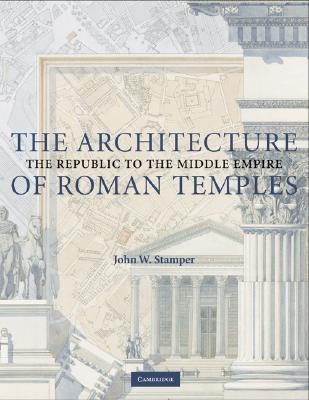
- We will send in 10–14 business days.
- Author: John W Stamper
- Publisher: Cambridge University Press
- ISBN-10: 052172371X
- ISBN-13: 9780521723718
- Format: 21.3 x 27.7 x 1.4 cm, minkšti viršeliai
- Language: English
- SAVE -10% with code: EXTRA
Reviews
Description
This book examines the development of Roman temple architecture from its earliest history in the sixth century BC to the reigns of Hadrian and the Antonines in the second century AD. John Stamper analyzes the temples' formal qualities, the public spaces in which they were located and, most importantly, the authority of precedent in their designs. He also traces Rome's temple architecture as it evolved over time and how it accommodated changing political and religious contexts, as well as the affects of new stylistic influences.
EXTRA 10 % discount with code: EXTRA
The promotion ends in 23d.03:00:49
The discount code is valid when purchasing from 10 €. Discounts do not stack.
- Author: John W Stamper
- Publisher: Cambridge University Press
- ISBN-10: 052172371X
- ISBN-13: 9780521723718
- Format: 21.3 x 27.7 x 1.4 cm, minkšti viršeliai
- Language: English English
This book examines the development of Roman temple architecture from its earliest history in the sixth century BC to the reigns of Hadrian and the Antonines in the second century AD. John Stamper analyzes the temples' formal qualities, the public spaces in which they were located and, most importantly, the authority of precedent in their designs. He also traces Rome's temple architecture as it evolved over time and how it accommodated changing political and religious contexts, as well as the affects of new stylistic influences.


Reviews